Written by: Haroon Shuaib
Posted on: July 07, 2020 | 
A Sign in Taxila, which marks the origin of the old G.T. Road
In his essay, “Caravanserais along the Grand Trunk Road in Pakistan – A Central Asian Legacy” part of the book “The Silk Roads: Highways of Culture and Commerce”, Saifur Rahman Dar, a prominent academic, historian, and archaeologist notes, “The famous Grand Trunk Road or Shahrah-i-Azim, connecting Calcutta (India) with Peshawar (Pakistan), has been in existence for the last 2,500 years. As the greatest highway in the world, it has been compared with the Pilgrim’s Way in England, the Appian Way in Rome, and Jada-i-Shah of the Persian Achaemenid dynasty.”
Today, the Grand Trunk Road (G.T. Road), formerly known as Uttarapath, Badshahi Sadak, Sadak-e-Sher Shah, and Jernaili Sarak carries the distinction of being much more than a road. It is the cultural, political, and commercial blood vessel through which one end of Pakistan is connected to another. The road passes through many major cities and towns along the way, including Nowshera, Attock, Taxila, Rawalpindi, Jehlum, Gujrat, and Gujranwala.
According to Dar, “No one knows when the G.T Road started. Presumably, it came into existence as soon as vehicular traffic started developing as a complement to river communication.” What we do know is that the route remained in use since the times of the Mauryan Empire in the 3rd century BCE.
Sher Shah Suri, the medieval ruler of the Sur Empire, rebuilt a paved road on the exact route in the 16th century, from Peshawar to Cox Bazaar in Bangladesh. The breadth was increased, trees for fruit and shade were planted, and at every 2 kos (an ancient length measuring unit, roughly 1.8 km) a rest area was built. Road surface markings were placed, and step-wells or ‘baolis’ and gardens were built for the travellers’ respite.
After Suri, the Mughals and Afghan ruler Ahmad Shah Durrani extended the road all the way to Kabul, Afghanistan. Though Suri remained in power for mere 7 years as an awkward interruption between the rule of Mughal Emperor Babur and his son Humayun, his contributions allowed the G.T. Road to become central to new economic and military administration systems. This, along with the first Rupiya (fresh currency), and the first formal postal system of the Indian Subcontinent made him a lasting influence on the region. Even his arch-foe, Humayun, could not help but refer to him as “Ustad-e-Badshahan, a teacher of kings”.
Presently, the G.T. Road is part of the N-5, a 1819 km national highway that extends from Karachi to Torkham in Khyber Pakhtunkhwa. After the construction of a motorway as an alternate route connecting Lahore-Islamabad-Peshawar, the utility of G.T. Road has lessened. But if a traveller wishes to visit or see historical and cultural landmarks, or eat at gastronomical attractions, then G.T Road is the route to take.
Starting from the Namak Mandi of Peshawar to Nowshera’s chappal kababs, the KPK section of the road is a meat lover’s treat. Near Attock, one can cherish the freshly captured and fried river fish, while enjoying the scenic view of the Kabul River merging with River Indus. The cantonment town of Rawalpindi offers the best pulao from Savour Foods. A stopover at Lala Musa to taste legendry Mianjee ki Daal (Mianjee’s Lentil Curry) and paratha (shallow fried flatbread) is a must. Known for its special chickpea daal and paratha, the place has been serving the highway travellers for decades. The aroma of desi ghee (home-made clarified butter) in which the scrumptious daal is made, and the lip-smacking achar (pickle) make for an ever winning combo.
Next up is Gujranwala, which is sure to take you by surprise. Everything from Chiras (sparrows), mikh (marrow), Pota Kalaiji (liver), and Chamnp (chops) prepared with mutton or beef, is devoured here with a passion. You will also find rare fowl meat on offer such as batair (partridge), tilyar (sandgrouse), and murgabi (drake) . Gujranwala is also called the city of pehalwans (wrestlers) and every meal is topped up with large glasses of refreshing meethi lassi (sweet yogurt drink). Next up is Lahore, the biggest city on G.T. Road, with its array of cuisine, and with an enviable line up of street food that one cannot get enough of.
Coming back to the road, described by Rudyard Kipling as 'a river of life', perhaps no other highway in Pakistan offers an equally enriching voyage to the world of history and archaeology. Peshawar’s glorious Balahisar Fort, and the Attock Fort stand guard respectively. The former was built even before Babur's time in the city of Peshawar, and the latter was built by Akbar the Great. Traveling down from Attock, we come to Taxila, meaning “City of Cut Stones”. It is home to the richest collection of the most prominent Buddhist remains, and it is home to the well-preserved ruins of Jaulian, one of the earliest known universities in the world.
The Mughal-era structures in Hassan Abdal, including Garden Complexes and the Sikh holy sites line up both sides of the Road, before the road reaches the Colonial-era garrison town of Rawalpindi. 17km east of Rawalpindi on G T Road is the Rawat Fort, and 50 miles east from Rawat is the magnificent Rohtas Fort, which was also built by Suri himself, to establish his control of the Potohar plateau, extending to the seat of Mughal power in Lahore.
Raza Ali Abidi, a BBC journalist and a travelogue writer, described G.T. Road as the most consequential line on the palm of the subcontinent. In his book “Jernaili Sarak” , he traced the old G.T. Road from Peshawar to Calcutta, and chronicled his journey in detail.
He narrates a very interesting anecdote that reflects on how roads can connect people and regions over hundreds of years. An elderly man in Peshawar showed him a milestone, and claimed that this was the starting point of the famous G.T. Road. When Abidi finally reached the other end of the road in Calcutta, he asked to be shown the end of the road. The locals took him to a milestone near the city’s botanical garden, and admitted that while they did not know where the road ended, this was the point where the G T Road started.
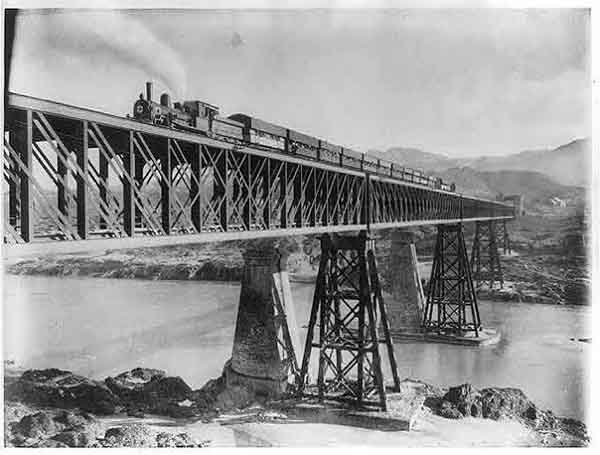
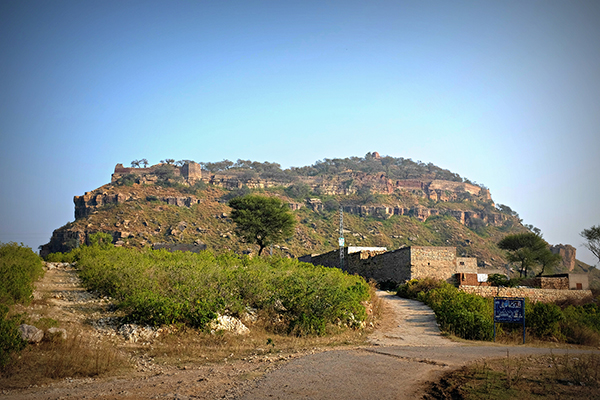
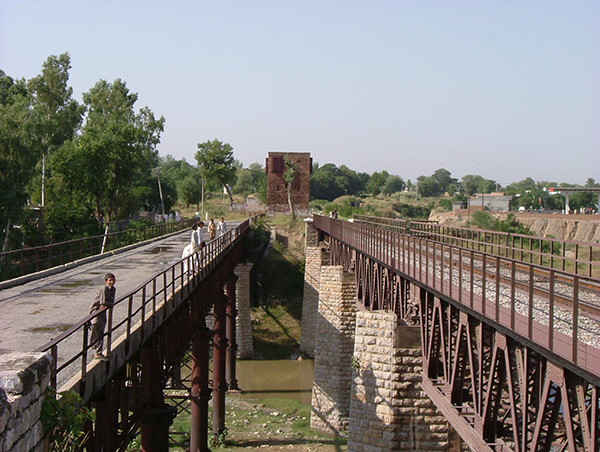
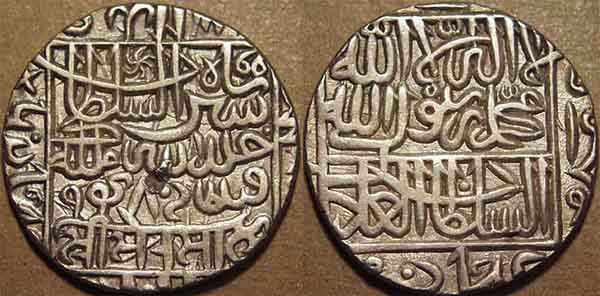
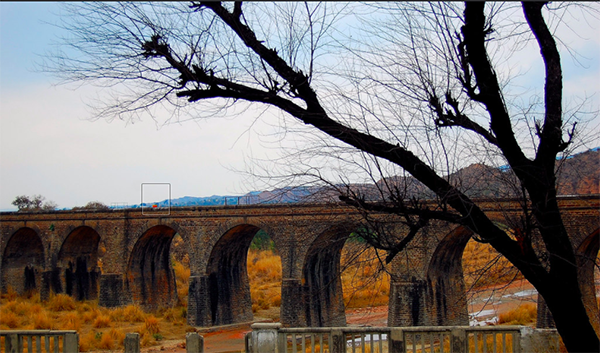
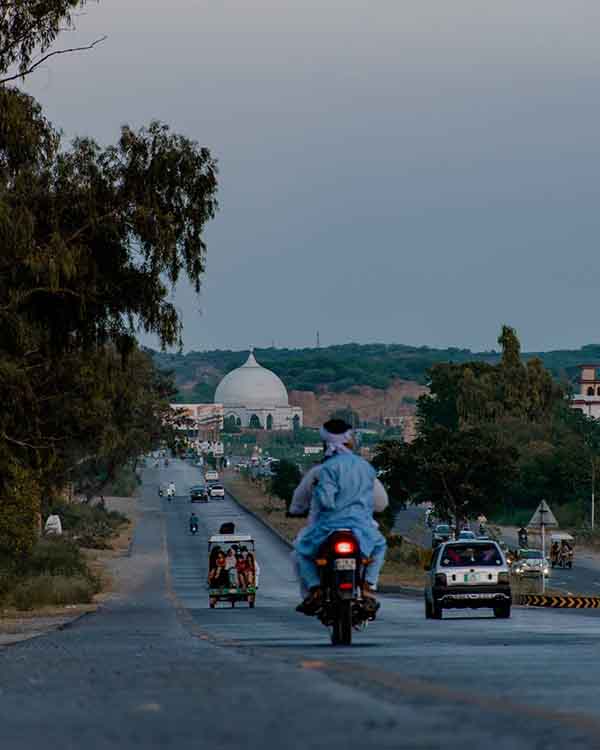
You may also like: